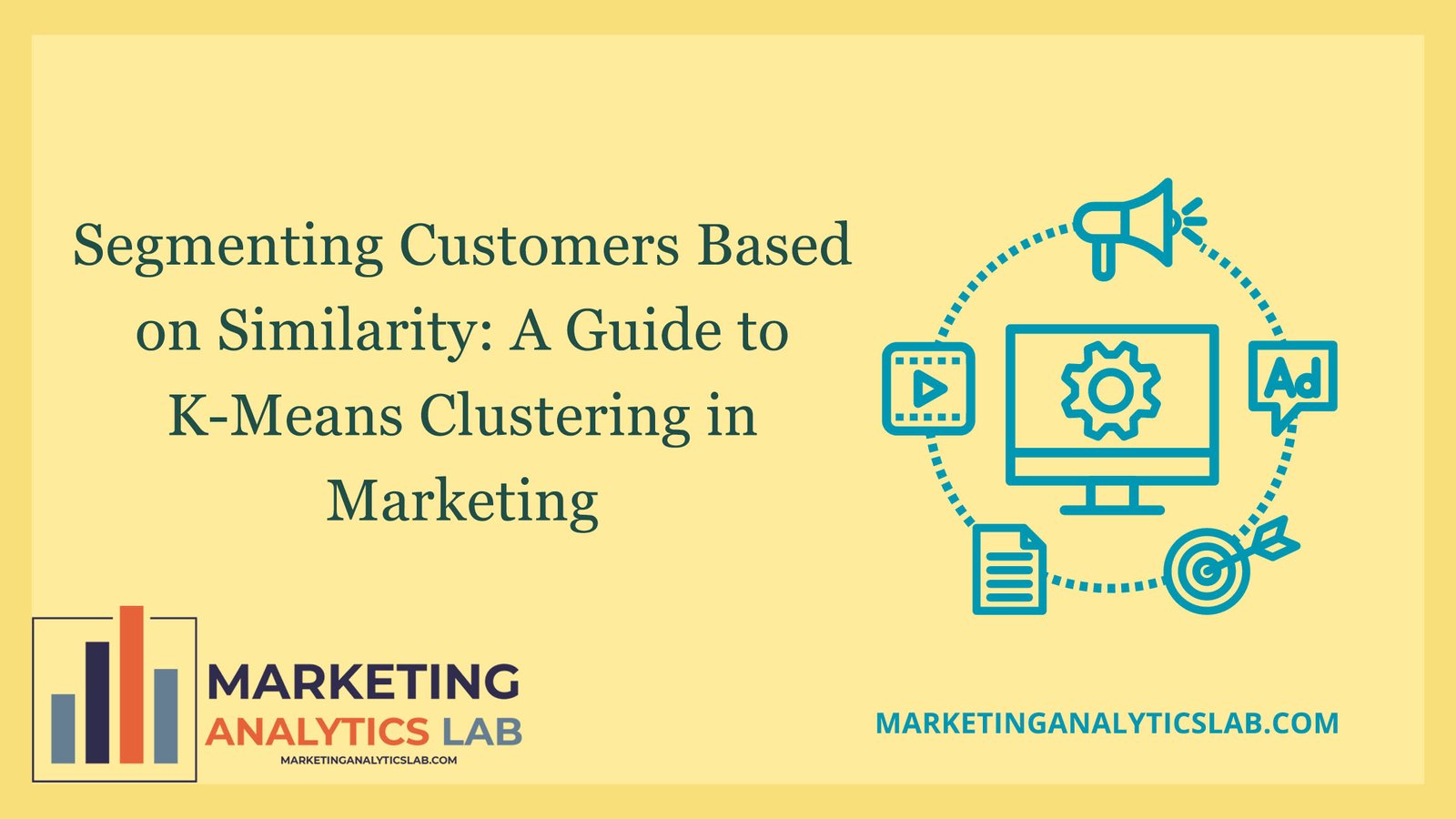Understanding Customer Segmentation in Marketing
Customer segmentation is a crucial aspect of marketing that involves dividing customers into groups based on certain characteristics or behaviors. By segmenting customers, marketers can tailor their strategies and campaigns to better meet the needs and preferences of each group, ultimately leading to more effective and targeted marketing efforts. This approach allows companies to maximize their resources and improve their overall customer satisfaction and retention rates.
Segmenting customers based on similarity involves grouping customers who share similar characteristics, such as demographics, purchasing behavior, or preferences. This can help marketers identify patterns and trends within their customer base, allowing them to create more personalized and relevant marketing campaigns. By understanding the unique needs and preferences of each segment, businesses can better tailor their products, services, and messaging to appeal to different customer groups.
There are various methods and techniques that marketers can use to segment their customers, with K-Means clustering being one of the most commonly used approaches. K-Means clustering is a machine learning algorithm that groups data points into clusters based on similarity. In the context of marketing, K-Means clustering can help businesses identify distinct customer segments by analyzing patterns and similarities in customer data, such as purchase history, website behavior, or demographic information. By leveraging K-Means clustering, marketers can gain valuable insights into their customer base and develop targeted strategies to engage and retain different customer segments effectively.
Utilizing K-Means Clustering for Effective Segmentation
K-Means clustering works by iteratively assigning data points to clusters based on the similarity of their features. The algorithm aims to minimize the variance within each cluster while maximizing the variance between clusters, resulting in distinct and well-defined customer segments. Marketers can input various customer attributes or variables into the algorithm, such as age, gender, location, purchase frequency, or browsing history, to create meaningful clusters that reflect different customer groups. By analyzing the characteristics of each cluster, marketers can gain a deeper understanding of their customer base and tailor their marketing strategies accordingly.
One of the key benefits of using K-Means clustering for customer segmentation is its ability to uncover hidden patterns and relationships within the data that may not be apparent through manual analysis. By automatically grouping customers based on similarity, marketers can identify unique segments that may have been overlooked or underestimated. This allows businesses to target specific customer groups with personalized messaging, offers, and promotions that are more likely to resonate with their needs and preferences. Additionally, K-Means clustering can help marketers track changes in customer behavior over time and adjust their strategies accordingly to stay relevant and competitive in the market.
In conclusion, segmenting customers based on similarity using K-Means clustering is a powerful tool that can help marketers improve their targeting, engagement, and retention strategies. By leveraging the insights gained from customer segmentation, businesses can create more personalized and effective marketing campaigns that drive customer loyalty and increase revenue. With the growing complexity of customer data and the increasing demand for personalized experiences, K-Means clustering offers a data-driven approach to segmentation that can help businesses stay ahead of the competition and better serve their customers.

